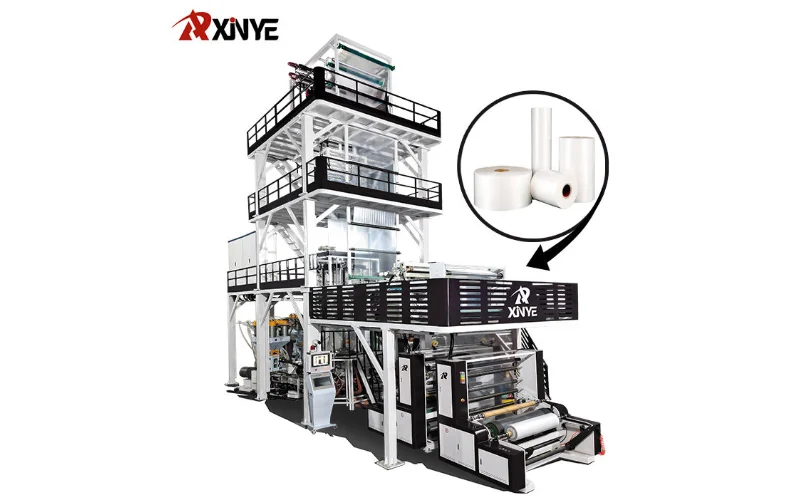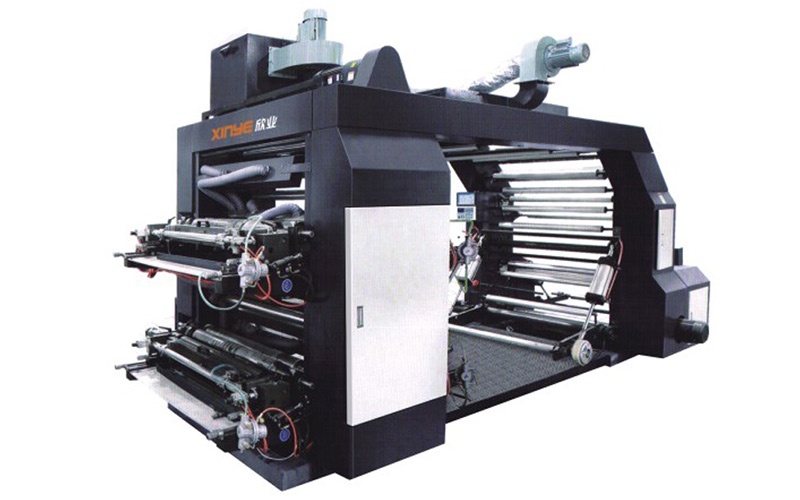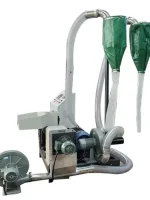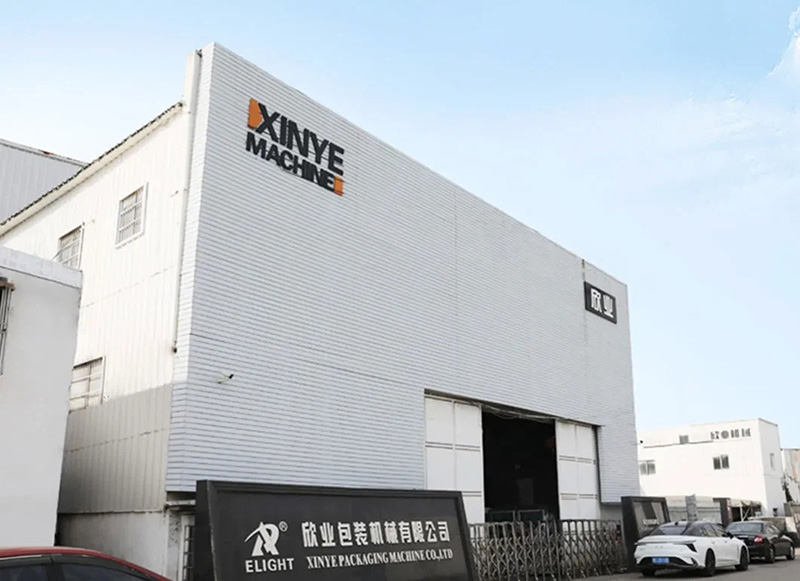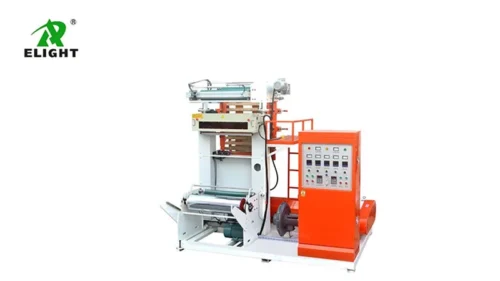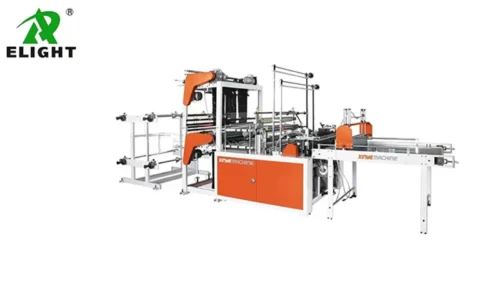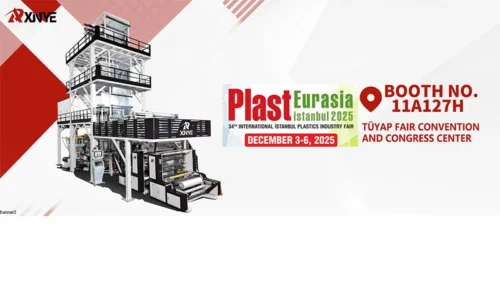In the plastic film manufacturing industry, ABC blown film machine and ABA blown film machine are two common types of equipment that serve distinct purposes. Understanding their differences is crucial for manufacturers to choose the right solution for their specific production needs. This article will explore the key distinctions between these two technologies.
Structure and Layer Configuration
The fundamental difference lies in their layer construction:
- The ABC blown film machine produces three-layer films with an A-B-C structure, where each layer consists of different materials with unique properties. This configuration allows for more complex material combinations to achieve specific performance characteristics.
- The ABA blown film machine also creates three-layer films but with an A-B-A symmetrical structure. The outer layers (A) are identical, sandwiching a different core layer (B). This design provides balanced surface properties while allowing for a specialized middle layer.
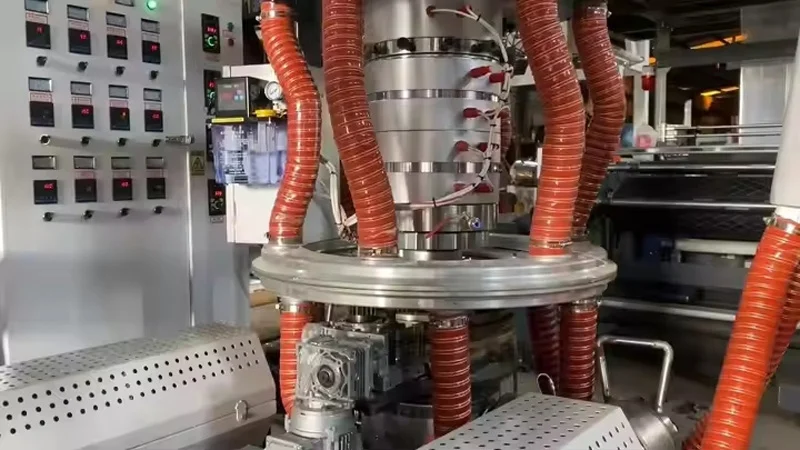

Material Usage and Cost Efficiency
Material consumption differs significantly between the two:
- ABC machines typically use three separate extruders, allowing for complete material diversity in each layer. This flexibility comes at a higher operational cost but enables sophisticated material combinations.
- ABA machines often use two extruders – one for the outer layers and another for the core layer. This configuration reduces material costs when identical surface layers are desired, making it more economical for many standard applications.
Performance Characteristics
Each type offers distinct performance advantages:
- ABC blown film excels in applications requiring diverse surface properties, such as one side needing printability while the other requires heat-sealability. The completely different outer layers provide maximum flexibility for specialized requirements.
- ABA blown film provides symmetrical physical properties, which is ideal for applications where both film surfaces need identical characteristics. The balanced structure often results in better roll formation and reduced curling tendencies.
Application Areas
The choice between ABC and ABA depends on end-use requirements:
- ABC film machines are preferred for high-performance applications like premium packaging, medical films, and technical laminates where each surface must meet different functional demands.
- ABA film machines are commonly used for general packaging, agricultural films, and other applications where surface uniformity is more important than differentiated layer properties.
Conclusion
When selecting between an ABC blown film machine and an ABA Three Layer Blown Film Machine, manufacturers must consider their product requirements, material costs, and desired film properties. The ABC configuration offers maximum layer differentiation, while the ABA design provides cost-effective symmetrical performance. For businesses seeking advanced blown film equipment, understanding these differences is essential for making informed investment decisions.
Explore our range of high-quality blown film machines designed to meet various production needs, from simple ABA structures to complex ABC configurations. Our technical team can help you determine the optimal solution for your specific application requirements.

